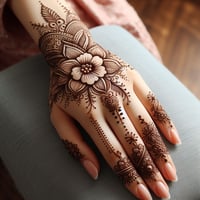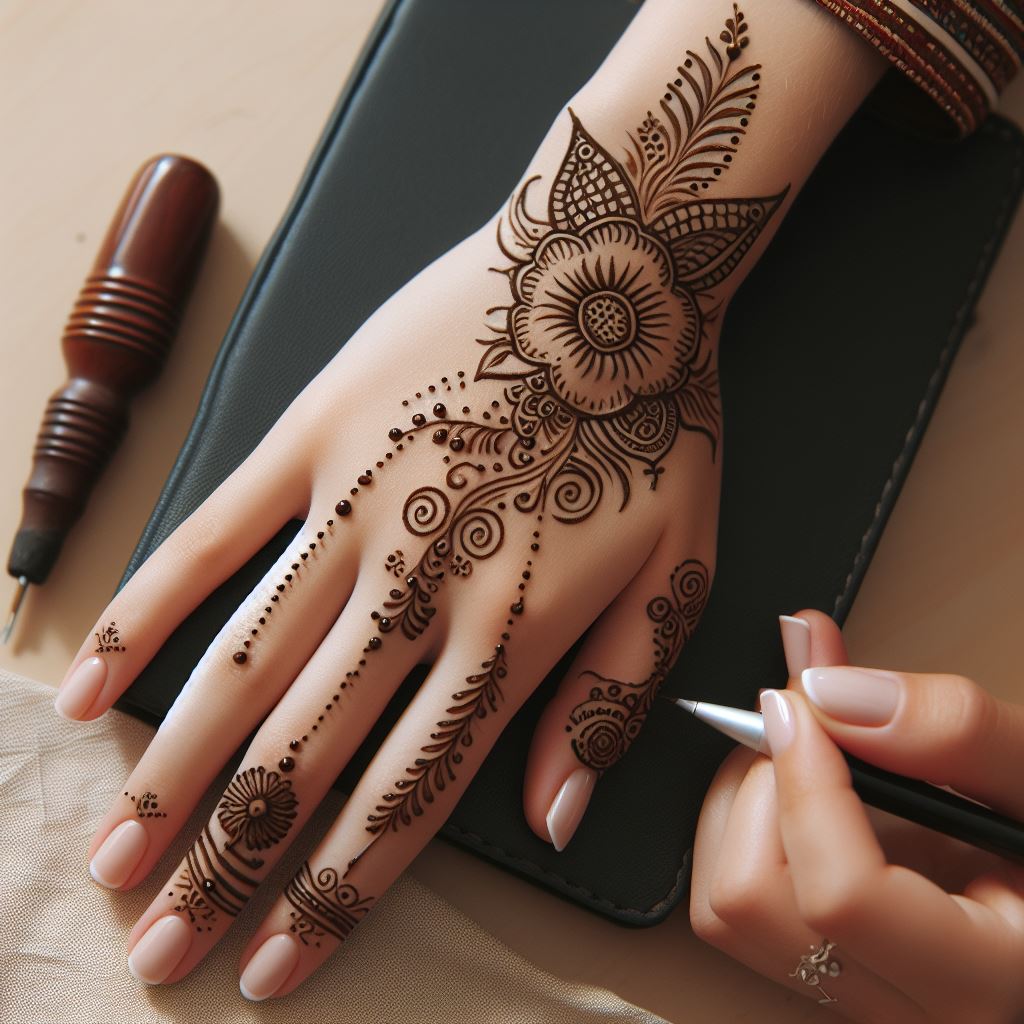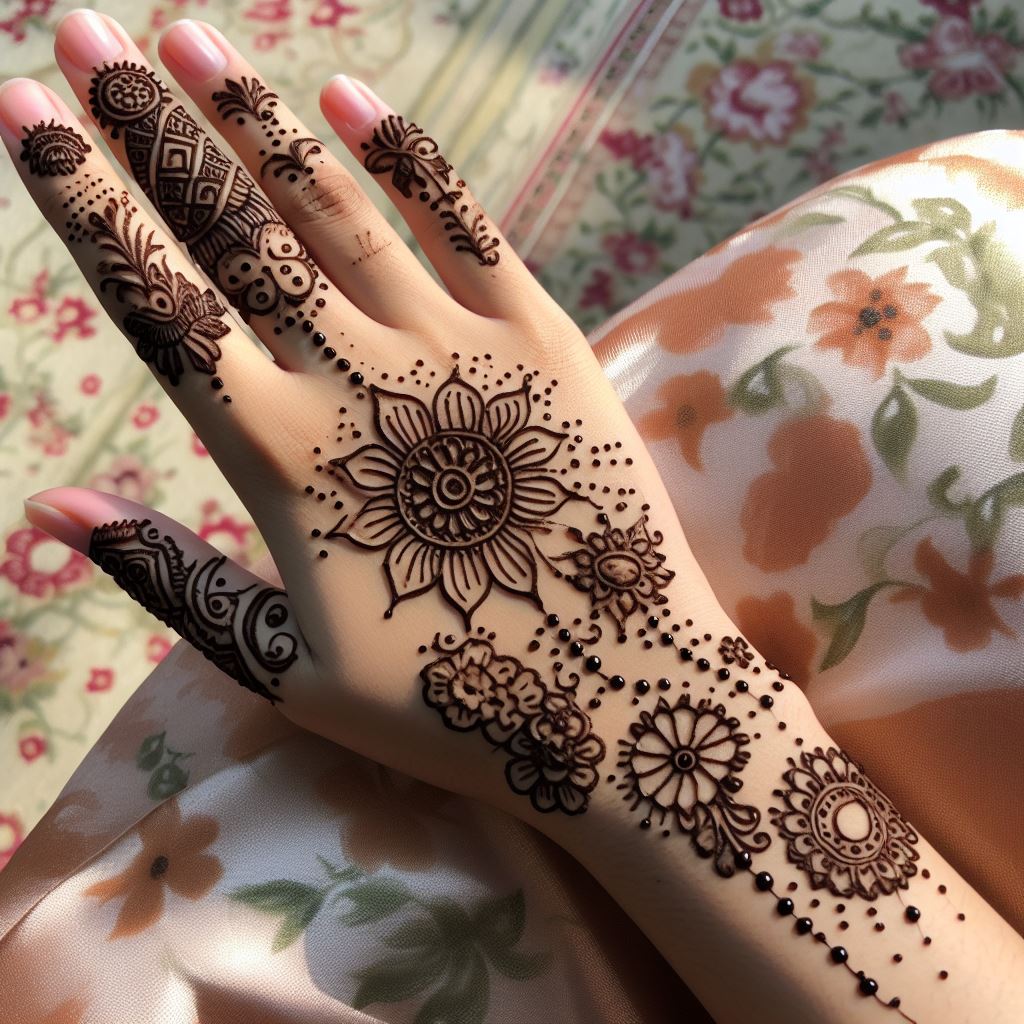

Short hand mehndi design
Mehndi Design World
Enchantment in Mehndi Art: Short Hand Mehndi Design Ideas for Traditional Festivals
Mehndi, a form of body art that involves the application of a paste made from henna leaves, has been an integral part of traditional festivals in India for centuries. Among the diverse array of mehndi designs, short hand mehndi designs have gained immense popularity, captivating the hearts of those seeking elegance and simplicity. These designs are not only visually appealing but also carry cultural significance, making them the ideal choice for various traditional celebrations.
Short hand mehndi designs, characterized by their simplicity and precision, have become the go-to choice for individuals looking to adorn their hands with intricate patterns without the time commitment of more elaborate designs. These designs often feature smaller and more concise motifs, allowing for a quicker application process while still exuding charm and grace. The emphasis on simplicity in short hand mehndi designs makes them perfect for traditional festivals, where time is of the essence, yet the desire for beautiful adornment remains strong.
Mehndi, deeply rooted in Indian tradition, has been a symbol of joy, auspiciousness, and celebration for centuries. The application of mehndi holds a special place in various rituals and festivities, such as weddings, Karva Chauth, and Diwali. The intricate patterns drawn on the hands are believed to bring good luck, prosperity, and ward off evil spirits. Mehndi application is not just a cosmetic enhancement; it is a cultural tradition that connects individuals to their heritage and adds a vibrant touch to their celebrations.
The significance of traditional mehndi designs lies in the symbolism embedded within the intricate patterns. These designs often incorporate elements like peacocks, flowers, and paisleys, each holding its own symbolic meaning. For instance, the peacock, a common motif in mehndi designs, is a symbol of beauty and grace. The floral patterns represent nature and the fleeting nature of life, while paisleys are associated with fertility and good fortune. Traditional mehndi designs thus serve as a visual representation of cultural values and beliefs, making them an integral part of traditional festivals.
When exploring mehndi designs, it's essential to understand the distinctions between Arabic and Indian styles. Arabic mehndi designs are known for their free-flowing, bold, and geometric patterns. They often cover the entire hand and include larger floral motifs. In contrast, Indian mehndi designs, including short hand mehndi designs, tend to be more intricate, featuring fine lines and smaller patterns that focus on the fingertips and the center of the palm. The cultural influences are reflected in the designs, with Arabic mehndi showcasing a more contemporary and bold approach, while Indian mehndi maintains a connection to traditional motifs and symbolism.
In conclusion, short hand mehndi designs offer a perfect blend of simplicity and elegance, making them an ideal choice for traditional festivals. These designs not only save time but also allow individuals to embrace the cultural heritage embedded in mehndi application. As an integral part of Indian tradition, mehndi designs continue to evolve, adapting to modern preferences while preserving the rich symbolism that has made them a timeless art form.

